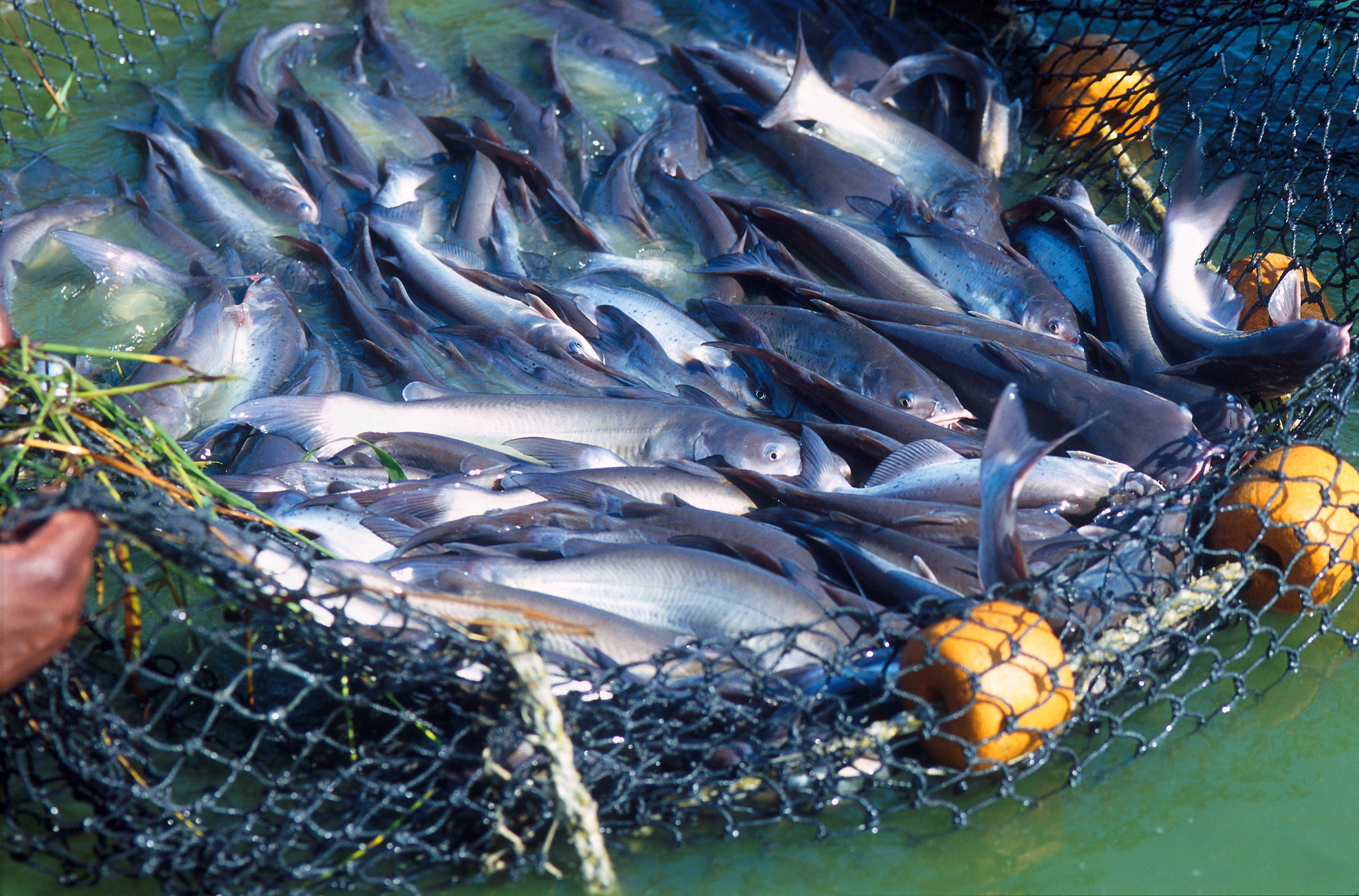With an estimated global value of just over U$84 billion in 2014, the organic industry is projected to grow to an estimated U$131 billion by the end of 2019. Organic food production has been largely dominated by terrestrial farmers, with aquaculture producers producing a lower diversity and quantity - of organically certified products on the market.
Whilst there are some commonalities between aquaculture and terrestrial-farming methods, the differences as not insignificant. As a result, organic aquaculture needs its own regulations and standards. The majority of organic certification schemes are aimed at terrestrial farming, though increasing demand has resulted in the development of organic certification suitable for aquaculturalists.
Different schemes, different standards
Despite calls, there is no international standard for organic aquaculture, nor an agreed upon definition of what constitutes as ‘organic’. Canada and the EU have developed their own overarching standards, with which individual organic certifiers must comply. Regardless of whether there is an overarching standard or not, certifiers each have their own criteria that aquaculturalists must adhere to gain and retain their respective certification. Almost all schemes place some requirement for aquaculturalists to minimise harm on the environment and maintain natural biodiversity in the surrounding areas, though may differ in what needs to be done, or what evidence is needed. Some certifiers such as the UK-based Soil Association limit the use of synthetic pesticides or antibiotics rather than banning their use outright, and require the reduction of waste feeds/excrement entering the environment rather than their total prevention. Flexibilities can also be seen with hatchery stock. The Canadian Organic Aquaculture Standard allows the use of non-organic hatchery stock if organic stock aren’t commercially available, whilst International Federation of Organic Agriculture Movements (IFOAM) requires animals spend at least two thirds of their life span in an organic system to qualify for certification.
Most certifiers are stricter when it comes to GMOs. With the exception of vaccines, their use (including derivatives in products used in aquaculture) is generally banned. Some certifiers such as German-based Naturland also bar the use of nanomaterials in the production, processing, and packaging of aquaculture goods, primarily because the potential for negative impacts on humans is unknown.
Catfish in the USA. Credit Peggy Greb/U.S. Department of Agriculture/Flickr (CC BY 2.0)
Organic feed, and other challenges
A number questions have been raised as to what constitutes as organic feed, notably when feed contains wild-caught components. Wild species are hunted, not farmed, and since organic refers to a farming system, wild-caught feed component cannot be organic. Furthermore, the diet of these wild-caught individuals cannot be confirmed as organic - nor can the naturally-occurring organisms that aquaculture shellfish feed on. Where wild-derived feed components are allowed, some certifiers require the capture fishery to be certified as “sustainable”, and can require plant-derived components to be certified as organic. Such feed questions continue to be a stumbling block for the implementation of a US aquaculture standard, to the frustration of the aquaculture industry.
Other issues with organic aquaculture standards have been raised. Whilst a number of certifiers include animal welfare provisions, unlike terrestrial organic production, the retention of natural behaviour is generally not required. Finfish farms invariably prevent the extensive movement and migration patterns, or feeding habits undertaken by their wild counterparts. The permitted use of some synthetic chemicals, antibiotics, etc., and net pens which can allow greater interaction between aquaculture and the environment has also been questioned. Arguably, these allowances reflects the current limitations of the aquaculture industry, which is still very much in development. For instance, breeding for more disease resistant fish as well as improvements in animal husbandry has played a crucial role in reducing the need for medication.
The benefits of organic aquaculture
Some consumers may prefer organic products due to their reduced synthetic chemical loads, for animal welfare purposes, or even claims of improved nutritional value. Arguably the largest benefactor of organic production is the environment.
Organic certification does not mean that the certified aquaculture has zero environmental impact –no food production system can. Nevertheless, as demonstrated in the University of Victoria’s ‘Global Aquaculture Performance Index’, which analyses environmental performance, products with organic certification are typically more environmentally friendly than those with ‘environmentally friendly eco-labels’. The difference it seems primarily lies in chemical outputs and waste management, which are generally much lower in organic than conventional production. Where organic feed replaces wild-caught components with fishery by-products, and uses high proportions of organic-plant components, environmental impact is lowered as a result of reduced fishing pressure on wild stocks, and a reduced carbon footprint.
Organic foods typically attract a higher price-tag than conventionally produced products, though due to the higher costs of running an organic aquaculture facility, does not necessarily mean that organic aquaculturalists are automatically wealthier than their conventional counterparts. The economic benefits primarily come growing consumer demand for organics, though certification can also offer a competitive edge over cheaper imported products by offering what is seen as a “superior” products.
This story appeared on The Fish Site.
